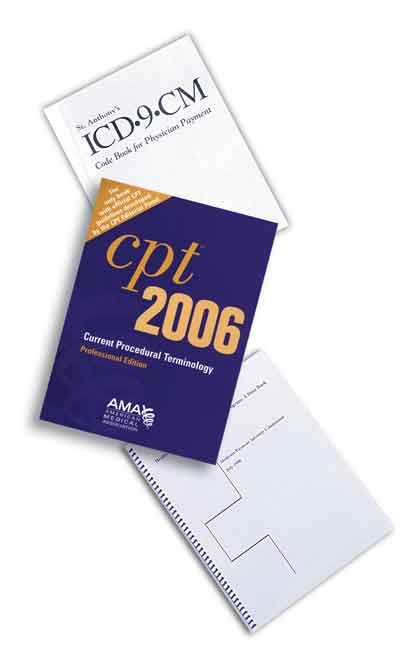A: The Foresee Preferential Hyperacuity Perimeter (PHP) is designed to monitor progression of age-related macular degeneration. It is a rapid, specialized perimeter based on the well-studied visual phenomenon of hyperacuity.
Hyperacuity (also called Vernier acuity) is defined as the ability to identify a subtle misalignment of one object compared to another. The PHP allows distortions or scotomata (blind spots) to be mapped by flashing a dot deviation signal across different areas of the macula. Once this mapping is complete, the doctor can use the information as a baseline to monitor future changes in the visual field.

Q: How frequently should this test be performed?
A: Of particular import is the test's ability for early detection of new or recent onset wet AMD, prior to any signs or symptoms, by quantifying visual field defects even though the patient may insist that visual acuity is stable. Since lesions can grow rapidly, repeat testing with PHP every three months is recommended by leading experts in the field for early detection of conversion from dry AMD to wet AMD.
Q: How should the test be documented in the patient's medical record?
A: The chart documentation should include:
• the patient's name and date of test;
• indications for testing;
• the order for the test;
• the results of the test (i.e., printout);
• an interpretation of the test (i.e., assessment, plan); and
• the signature of physician.
The order for these tests should be made by the treating physician. The interpretation may be written directly on the printout or elsewhere in the clinical record, although it should be readily identifiable as a test interpretation and not part of an exam.
Q: What CPT code should be used to report PHP?
A: The CPT definitions do not mention PHP in the descriptions. Therefore, a judgment must be made as to which CPT code best defines PHP. It is our opinion that since PHP is not a quantitative threshold test and because the test is recommended four times per year—a high frequency for perimetry—this test should be reported with CPT code 92081. An exception is made for TrailBlazer Health, Medicare; they instruct providers to use 92499 to identify testing with PHP on claims. This Medicare carrier does not cover PHP, so an Advance Beneficiary Notice (ABN) is required prior to testing.
Q: Does Medicare cover perimetry for a diagnosis of AMD?
A: Maybe. The National Coverage Determination (NCD §80.9) states, "Computer enhanced perimetry involves the use of a micro-computer to measure visual sensitivity at preselected locations in the visual field. It is a covered service when used in assessing visual fields in patients with glaucoma or other neuropathologic defects." Most Medicare carriers also publish local coverage determination (LCD) policies. Consequently, it is necessary to check your local Medicare carrier policy for additional information regarding covered indications and diagnoses beyond the NCD. In the absence of a policy, coverage defaults to the NCD, which does not identify AMD as an indication for perimetry. Several Medicare carriers include AMD as a covered indication in their coverage policies. Many other local policies contain limitations on repeat visual fields for a diagnosis of AMD.
Q: If a national policy exists, can my local carrier policy override the national coverage decision?
A: Yes. The introduction to the NCD manual states, "Where coverage of an item or service is provided for specified indications or circumstances but is not explicitly excluded for others, or where the item or service is not mentioned at all in the CMS Manual System the Medicare contractor is to make the coverage decision, in consultation with its medical staff, and with CMS when appropriate, based on the law, regulations, rulings and general program instructions."
Q: Will payers reimburse for this test if it is repeated several times a year?
A: Possibly. This will depend on your Medicare carrier's LCD. Many carriers do not stipulate a specific limitation, while others do.
Q: If my Medicare carrier does not have an LCD or if the policy limits testing frequency, may the patient be billed for the test?
A: Yes. Explain to the patient why the test is necessary and that Medicare will likely deny the claim. Ask the patient to assume financial responsibility for the charge; get his signature on an ABN and submit your claim with modifier -GA. You may collect your fee from the patient at the time of service or wait for a Medicare denial. If both the patient and Medicare pay, promptly refund the patient or show why Medicare paid in error.

Ms. McCune is vice president of the Corcoran Consulting Group. Contact her at DMcCune@corcoranccg.com.



